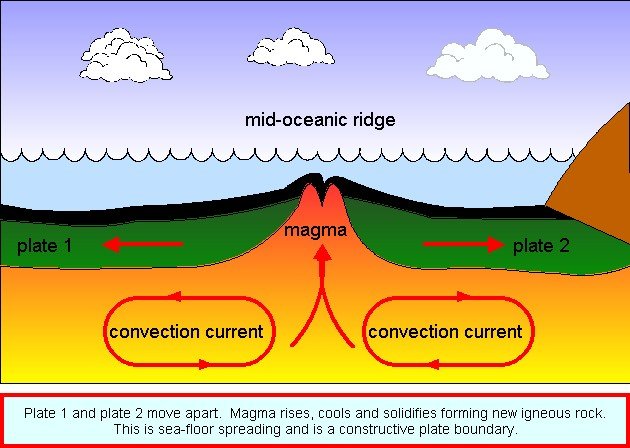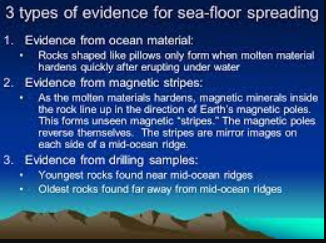Free Courses Sale ends Soon, Get It Now


Free Courses Sale ends Soon, Get It Now



Disclaimer: Copyright infringement not intended.
Context
About

Supporting Evidence for Seafloor Spreading

Rate of sea floor spreading
© 2024 iasgyan. All right reserved